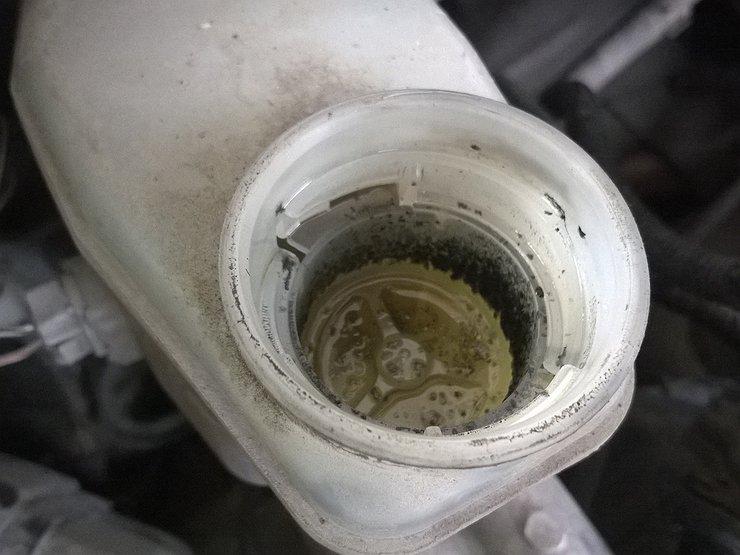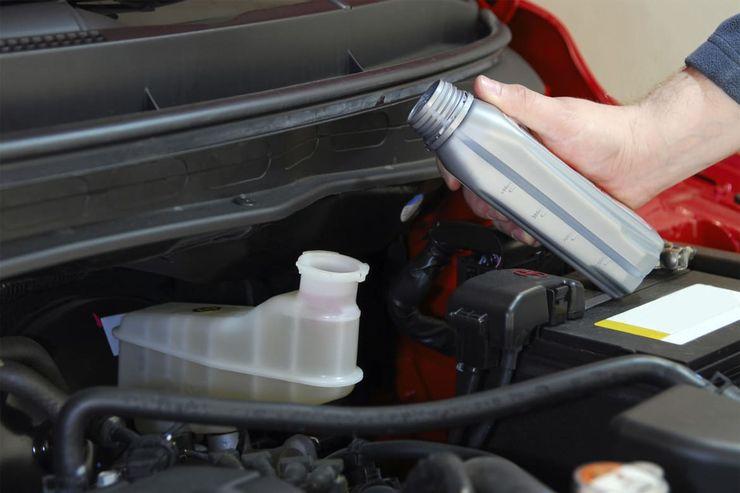
Why flakes in brake fluid are dangerous and how to deal with them
Sometimes a strange flake-like substance appears in the brake fluid reservoir. The AvtoVzglyad portal explains what it is and why such “gifts” are dangerous.
You open the lid of the brake fluid reservoir and see that the fluid is cloudy and flakes are floating on its surface. Where did they come from and what to do in this case?
To begin with, the brake fluid itself is very hygroscopic, that is, it absorbs water well. And if too much water accumulates, the brakes will lose their properties. It can boil already at a hundred degrees, that is, like plain water. Due to overheating, wear products of cuffs and seals in the brake system may appear in it. That's where the cereal can come from in the tank. Most often, these things happen if the brake system is very worn out, and the fluid has not been changed for a long time.
Again, if you do not change the fluid in due time (usually every two years), due to contamination with wear products and microparticles of dust, it loses its properties and can become viscous. Dirt particles, which look very much like flakes, can cause brake cylinders to seize and brake failure. Often, varnish-like deposits form on the inner surfaces of the brake system, which can also look like flakes.

Another reason: the car owner was greedy and bought a very poor quality brake or ran into a fake. Having poured such a substance into the brake system of your car, certain chemical processes begin to occur with the liquid. At high temperatures, the alcohols and additives that make up its composition lose their properties. This is another reason for the appearance of flakes or sediment in the tank.
In any case, such a "brake" must be replaced. And before changing, be sure to flush the entire system, and clean the reservoir to remove deposits and sediment. Then inspect the brake hoses. If you see damage or cracks, immediately change the parts for new ones. And only after that, fill in the fluid recommended by the manufacturer. And don't forget to bleed the brakes to remove air pockets.
